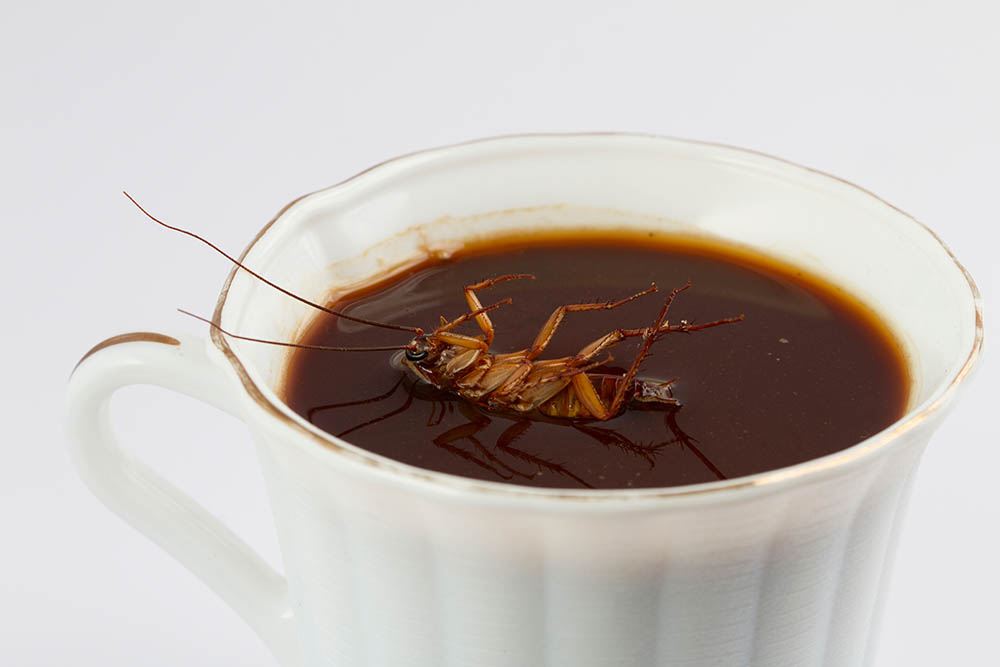
Adding sugar of any kind to coffee might be anathema to hardcore coffee purists, but many people prefer their coffee a little sweeter than a plain old cup of black coffee. Modern coffee shops have various creative means of sweetening coffee, from regular white granulated sugar to fancy syrups and coffee creamers. There are many ways for sweet coffee-lovers to get their sugary caffeine fix, but which sweetener is the best? Regular table sugar? What about brown sugar?
In this article, we’re going to discuss the merits of using brown sugar in coffee. We’ll cover which varieties of brown sugar are best and give you a few serving suggestions. But first, let’s start with a brief overview of sugar in general so we can understand the difference between brown and white sugar and whether or not you might like brown sugar in coffee.

Where Does Sugar Come From?
It’s easy to take something as ubiquitous as sugar for granted. Where does sugar come from? The pantry by the baking goods, of course! Seriously, if you never stop to think about it, it’s easy to overlook the interesting – and simple – process used to make sugar.
All sugar starts with a naturally sweet base. The sugar we use in nearly everything these days is a specific form of sugar called sucrose. Two of the most common sources of sucrose are sugar cane and sugar beets, which both have a naturally high concentration of sugar.
Making sugar is surprisingly easy. The plant – either sugar cane or beets – is pressed to create juice and then boiled. The liquid part of the juice boils off, leaving the solid, crystalized sugar behind. If the sugar isn’t refined or processed further, it is called raw sugar.
White Sugar vs Brown Sugar

The key difference between white and brown sugar is molasses content. White sugar has virtually all of the naturally occurring residual molasses removed during refinement, while brown sugar retains some molasses.
Brown sugar is separated into three large categories based on how much molasses remains after processing. In order from least molasses to most, these categories are light brown sugar, brown sugar, and dark brown sugar. In each case, molasses only makes up a fraction of the total weight, but even these small differences dramatically affect the taste.
Light brown sugar has only a hint of molasses flavor, while dark brown sugar has a much more noticeable and powerful molasses component. This difference leads some people to describe dark brown sugar as “sweeter” than light brown sugar, even though both have the same sucrose content.
Brown Sugar in Coffee
Now that we know a bit about how coffee is processed, the question remains: should you use brown sugar in your coffee? Like many coffee choices we make, this one depends on personal preference. We usually drink our coffee black, but many people prefer their coffee with milk and sugar. There is no right answer, and the simplest way to find out what you like best is to try as many varieties and combinations as possible.
With that said, there are some concrete differences between white and brown sugar that can help inform your decision. The most important difference is flavor. White sugar doesn’t taste like anything; it’s just sweet. If you generally favor plain flavors, sticking with white sugar is probably the best option for you.
If you tend to enjoy more complex flavor profiles, brown sugar gives more nuance to your cup of coffee since it imparts a molasses flavor on your coffee rather than just making it sweeter. Since brown coffee comes in several varieties, you have more flexibility to tune your cup to your tastes since you can use light brown sugar to reduce the molasses taste or dark brown sugar if you find you prefer it.

What Kind of Coffee is Best with Brown Sugar?
We recommend trying brown sugar in a dark roast or a medium-dark roast coffee. Dark roasts typically take sugar more easily than light roasts, and we like how the molasses flavor mixes with the chocolatey, roasty-tasting notes in dark roasts.
On the other hand, dark roasts are usually naturally sweeter than light roasts, so be careful not to oversweeten your coffee. You can – and should – try brown sugar in whatever your favorite coffee is, regardless of its roast level. We don’t love how sugar tastes in light roasts, but you might!

Conclusion
Brown sugar is a simple substitution for white sugar that can liven up your coffee if you are getting tired of drinking the same old thing every day. We like that there are multiple varieties to try and recommend starting with light brown sugar if you are concerned about changing your coffee’s flavor too much.
Featured Image: Marco Verch Professional Photographer, Flickr















